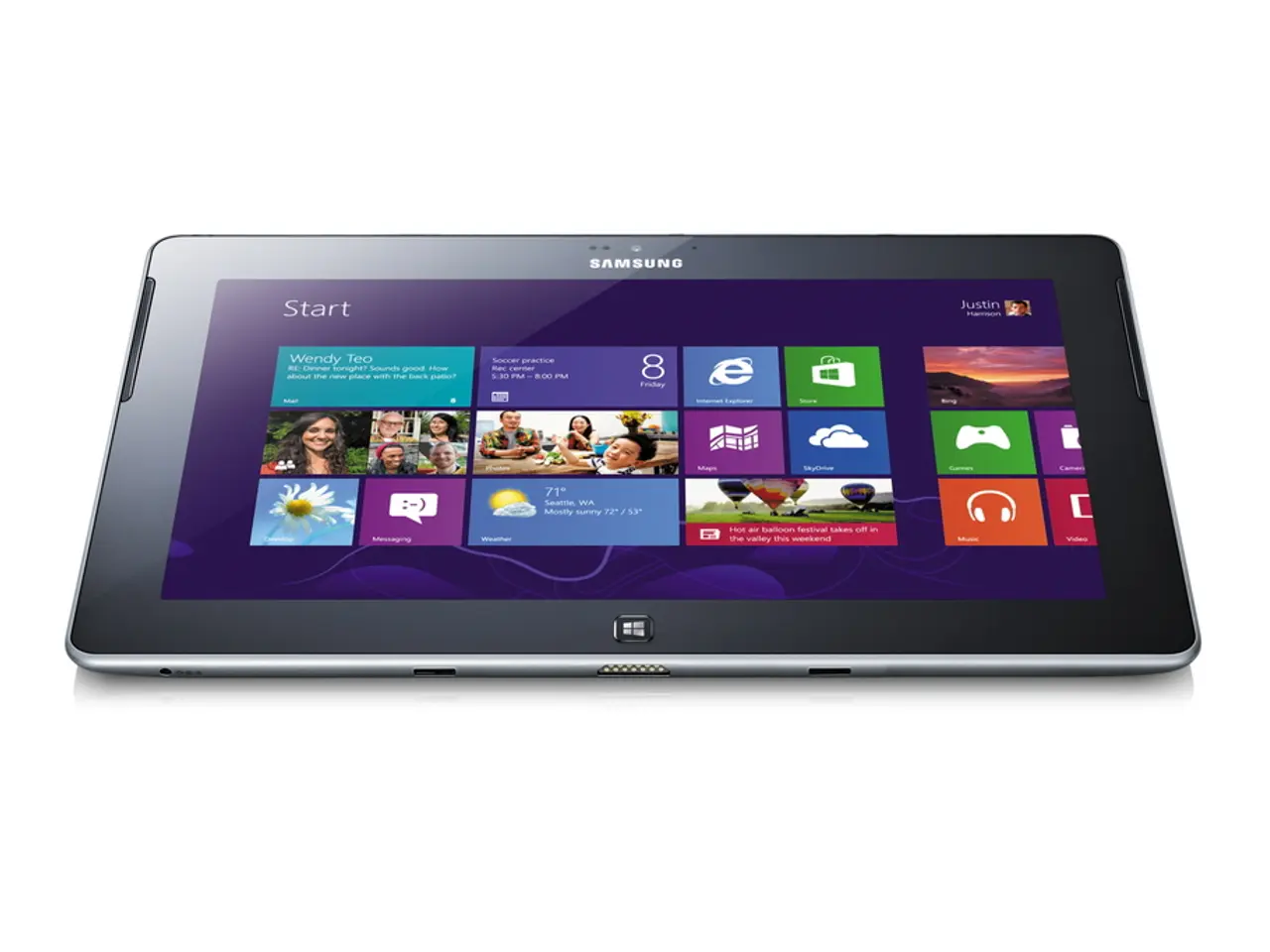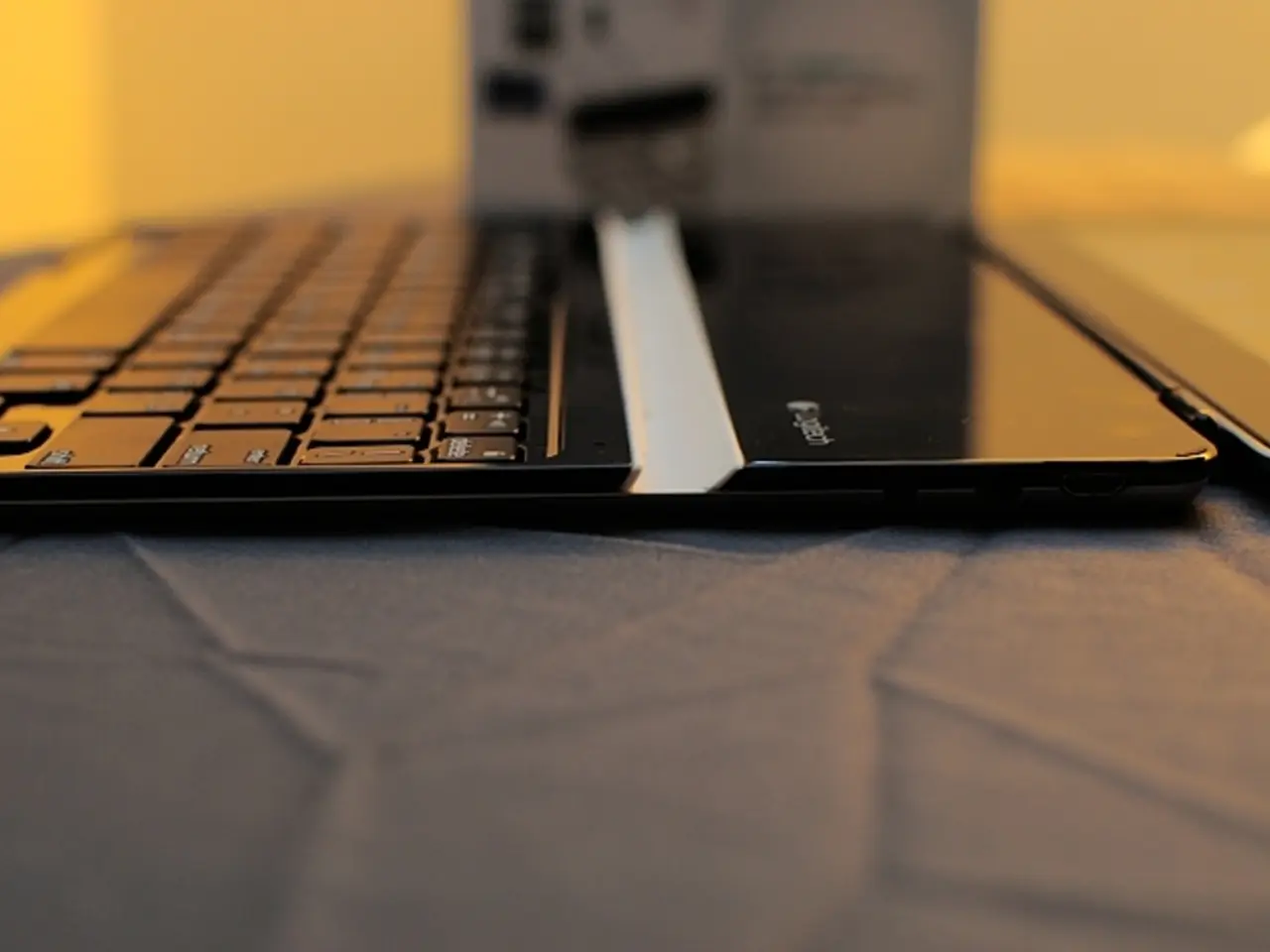The Transformation Journey of Audio Storage Mediums: Chronicle of the Record Tape Development
In the early 20th century, the invention and evolution of magnetic tape played a transformative role in the development of the music industry. Valdemar Poulsen's telegraphone, which used magnetized wire to record sound in 1898, marked the beginning of this technological journey, albeit with limitations such as tangling and lower sound quality compared to phonograph discs.
Magnetic tape technology itself emerged in the 1930s in Germany, but was initially kept secret during World War II. Tape recording rapidly supplanted wire recording due to its ease of handling, better sound quality, and effective editing through splicing.
After World War II, magnetic tape technology spread worldwide. In the US, companies like Ampex commercialized reel-to-reel tape recorders for radio broadcasts, enabling pre-recording of programs with significantly improved sound fidelity compared to previous methods. Jack Mullin brought German Magnetophon tape recorders to America in 1947, demonstrating their superior sound quality. Bing Crosby was an early advocate, seeing the benefit of tape for pre-recording radio shows over live broadcasts, which changed production dynamics in the entertainment industry.
Magnetic tape led directly to the creation of recordable tape formats, allowing music to be recorded, duplicated, and distributed more efficiently. This helped shift music from predominantly live performance or disc-based recordings to tape-based recordings and playback. Columbia Records' introduction of the LP vinyl record in 1948 and the evolution of magnetic tape recording together revolutionized music consumption, enabling longer playing times, higher fidelity, and new formats like albums and singles on vinyl to flourish.
The invention of the cassette tape by Philips in the early 1960s further democratized music listening by making portable, user-friendly tapes widely available for both commercial music and personal recording. Despite the rise of digital and streaming formats, record tapes continue to hold a special place in the hearts of music fans around the world. The Sony Walkman, released in 1979, played a pivotal role in solidifying the cassette tape's dominance in personal audio consumption.
The evolution of record tapes began in the early 20th century with the advent of magnetic tape technology. The digital revolution in the 1990s and early 2000s led to the advent of MP3 technology, allowing music to be easily compressed into digital files. By the early 1990s, compact discs had overtaken cassette tapes in terms of sales. Yet, the cassette tape's ability to be used for both recording and playback made it an instant favourite among music lovers and audio enthusiasts.
In recent years, there has been a resurgence of interest in cassette tapes, driven by nostalgia and the desire for a more tangible, physical music experience. Record stores and online marketplaces have seen an uptick in cassette tape sales, with indie bands and labels often releasing limited-edition cassettes as part of their marketing efforts. The cassette tape's warmth and character continue to appeal to many audiophiles and collectors.
In conclusion, the evolution of magnetic tape was pivotal because it enhanced sound quality drastically compared to earlier wire and disc recordings, allowed editing and re-recording, made possible pre-recorded radio programs, music albums, and portable formats like cassette tapes, and triggered new music industry practices, including the shift towards recorded and produced music rather than live-only performances. The impact of magnetic tape technology on the recording process, the birth of music tape formats, and the growth and modernization of the music industry throughout the 20th century cannot be overstated.
Tech trends in the 20th century were significantly shaped by the evolution of gadgets like magnetic tape recorders. These devices transformed the music industry, offering better sound quality and editing capabilities compared to earlier methods like wire or disc recordings. The invention of reel-to-reel tape recorders contributed to pre-recording of programs with improved sound fidelity, altering production dynamics in the entertainment industry.
The introduction of compact cassette tapes in the 1960s, enabled by magnetic tape technology, democratized music listening, making it portable and user-friendly. Despite the rise of digital and streaming formats, cassette tapes continue to hold a special place in the hearts of music fans, with a resurgence of interest observed in recent years due to nostalgia and a desire for a more tangible, physical music experience.
The digital revolution in the late 20th century led to the advent of MP3 technology, allowing music to be easily compressed into digital files. Yet, cassette tapes' ability to be used for both recording and playback remained an enduring feature that appealed to many audiophiles and collectors.




